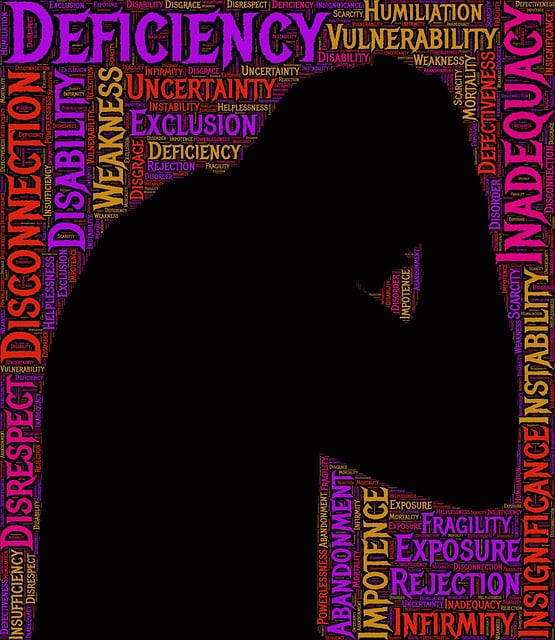Adolescent mental health and substance abuse are pressing issues demanding a nuanced app-based solution. Thorough market research, focusing on key trends, demographics, and existing therapy/drug abuse apps, is crucial to identify gaps. Apps should offer innovative stress reduction, trauma support, and burnout prevention tailored to teens' needs. Targeted marketing strategies leveraging social media, success stories, peer networks, and gamified features can effectively reach at-risk teens, promoting mental wellness app adoption for drug abuse prevention.
In today’s digital age, mental wellness apps offer a promising avenue for addressing adolescent drug abuse and substance use disorders. This article delves into a comprehensive marketing strategy development for therapy apps focused on teen drug abuse prevention. By understanding the unique challenges of adolescent mental health, conducting thorough market research to identify gaps, and employing targeted promotional tactics, we can effectively reach and support at-risk teens. Key strategies include leveraging social media, collaborating with influential figures, and creating engaging content that normalizes mental wellness conversations.
- Understanding Adolescent Mental Health and Substance Abuse: Market Research and Identifying Gaps
- Crafting a Targeted Marketing Strategy for Therapy Apps in Teen Drug Abuse Prevention
- Effective Promotion and Engagement Tactics: Reaching and Supporting At-Risk Teens
Understanding Adolescent Mental Health and Substance Abuse: Market Research and Identifying Gaps

Adolescent mental health and substance abuse are critical issues that demand a nuanced understanding. The marketing strategy for a mental wellness app in this domain must begin with thorough market research to identify key trends, demographics at risk, and existing solutions. By analyzing data on therapy for adolescent teens and drug abuse-substance abuse, developers can uncover significant gaps in current services. This includes recognizing the need for innovative approaches that cater to the unique challenges faced by young individuals, such as stress reduction methods, trauma support services, and burnout prevention strategies for healthcare providers who often work with this population.
Understanding the target audience’s behaviors, preferences, and pain points is essential. Research should delve into the specific mental health concerns prevalent among adolescents, their sources of support (or lack thereof), and the effectiveness of current interventions. This knowledge will guide the app’s development, ensuring it addresses genuine needs and offers valuable solutions that compete effectively in a crowded market.
Crafting a Targeted Marketing Strategy for Therapy Apps in Teen Drug Abuse Prevention

In crafting a targeted marketing strategy for therapy apps focused on adolescent teen drug abuse prevention, understanding the unique needs and behaviors of this demographic is paramount. Therapy for adolescent teens dealing with substance abuse often requires a blend of innovative digital solutions and personalized guidance. Marketing efforts should emphasize the app’s ability to provide accessible, non-judgmental crisis intervention guidance tailored to the challenges faced by young individuals. By appealing to both teens and their concerned parents or guardians, these apps can offer discreet support, enhancing mental health awareness and promoting Mind Over Matter principles.
The marketing campaign should also address the stigma often associated with seeking therapy for drug abuse, positioning the app as a confidential and convenient first step towards recovery. Leveraging social media platforms known to be popular among teens while incorporating engaging content that highlights success stories or shares Mental Health Awareness insights can effectively reach this audience. Furthermore, partnering with influential figures who have successfully navigated similar challenges can add credibility and encourage adoption of these life-changing tools.
Effective Promotion and Engagement Tactics: Reaching and Supporting At-Risk Teens

Reaching and engaging at-risk teens is a delicate yet critical aspect of promoting mental wellness apps, especially those focused on therapy for adolescent teens struggling with drug abuse or substance use disorders. This demographic often requires tailored interventions that address their unique challenges and preferences. Marketing strategies should employ creative, accessible tactics to capture their attention without relying on traditional methods that may not resonate.
Social media platforms offer a powerful tool for connecting with teens through peer-to-peer support networks and engaging content centered around mental health awareness. Incorporating interactive features like live chats, virtual support groups, or even gaming elements within the app can foster community and reduce stigma. Additionally, leveraging influencers or teen advocates who have personally benefited from similar apps can be highly effective in encouraging their peers to explore these resources. Offering free trial periods or introducing gamified challenges that promote stress reduction methods and cultural sensitivity in mental healthcare practice can also attract and engage teens while providing valuable guidance through mental wellness journaling exercises.
Marketing strategies for mental wellness apps, particularly those focused on adolescent drug abuse prevention, must tap into the digital landscape where at-risk teens reside. By understanding market gaps and leveraging targeted promotions, therapy apps can effectively reach and support struggling teens. Through a combination of thorough market research, tailored content, and engaging tactics, developers can ensure their applications address critical mental health issues like substance abuse among adolescents, fostering positive change in this vulnerable population.









